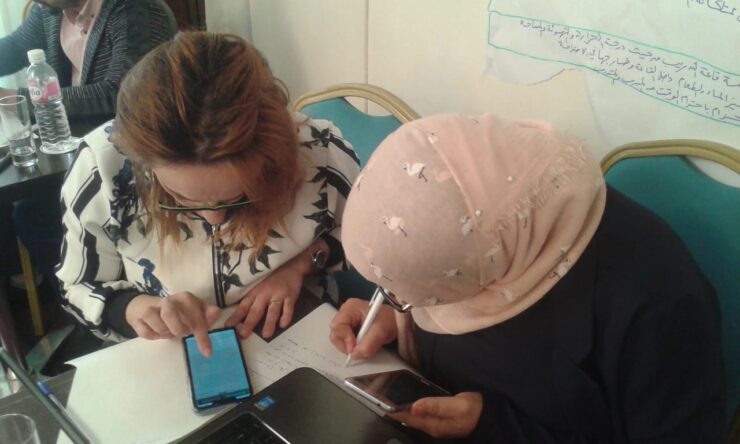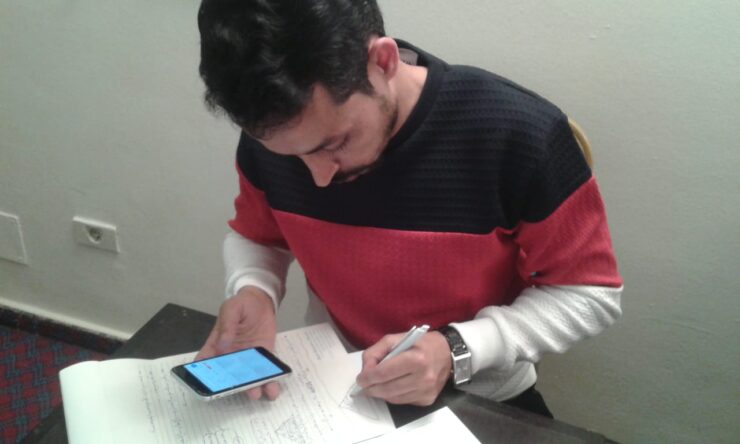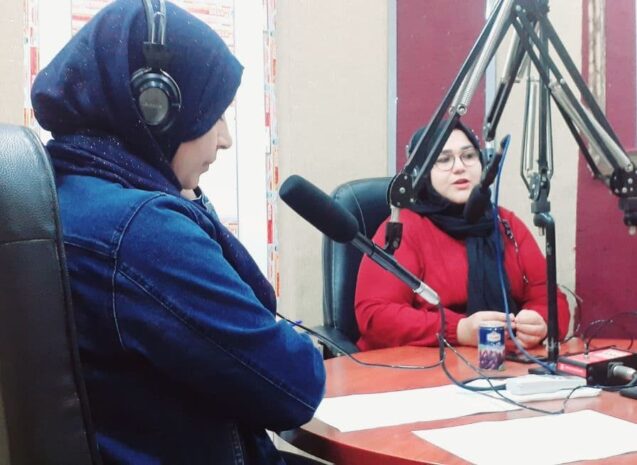A knowledge-based approach guides all NAMA activities, which are designed based on a thorough needs assessment and analysis of the media landscape in each country of implementation.
In addition to project-related research, NAMA provides research consultancy services to international donors, private companies, independent media outlets, governments and civil society organizations that seek to understand local media dynamics and harness the potential of modern communications.
Information Ecosystem Analysis in Libya (2020)
The purpose of this research was to gain insight into the production and dissemination of information in Libya. Throughout the month of August 2020, a team of Libyan field analysts (managed and supervised by MiCT) gathered information about local broadcasters, CSOs and social media channels in Libya and neighboring countries. The database resulting from this investigation includes information on reach, ownership, funding sources and political affiliations pertaining to over 350 local information providers. In addition, a needs assessment was conducted among 11 CSOs and 9 media outlets in order to deepen our understanding of their challenges and needs. In view of the ongoing armed conflict, the research emphasized relationships between stakeholders in the conflict (including foreign powers) and the media. The analysis was ultimately designed to identify players and communication practices in the Libyan media ecosystem as strategic entry points for support and collaboration.
The media ecosystem analysis revealed that about half of the 214 Libyan media outlets identified in the mapping are operated, owned, funded or supported by one of the conflict parties in Libya, namely the Government of National Accord (GNA) and the Muslim Brotherhood (MB) on one side and General Haftar with his Libyan National Army (LNA) on the other. TV broadcasting is almost entirely undermined by these parties and their foreign allies. As a counter trend to this prevailing practice, the information ecosystem analysis found a large array of small local media outlets, mostly radio, that try to stay away from the political conflict, and instead cater to the needs of their local audiences. Foreign allies to Libyan conflict parties, hedging their bets on media with national reach, seem to stay away from this segment of the media landscape.
Women in Libyan Newsrooms: An Analysis of the Role of Women in Media Content Production in Libya (2021)
This research sought to deepen our understanding of the role that Libyan women currently play in the production and dissemination of media content at an institutional level, including the identification of obstacles to equal access, participation and progression in Libya. Quantitative data to assess the number of women who work in the media in Libya, their job functions and employment status was gathered through inquiries with over 30 Libyan media organizations. In addition, qualitative in-depth interviews were conducted with female experts in Libya (via Zoom or WhatsApp) to gain insight into the working environment of women in media organizations as well as the challenges and opportunities they face in the media industry.
The study found that the mainstream media reflects the partisan sociopolitical narratives of powerful yet conservative elites. These narratives are patriarchal in their nature and exacerbate deeply entrenched notions of male dominance over women and stereotypical notions of woman as wives, mothers and victims. In a similar spirit, fixed positions and views on the types of women that work in the media continue to be defined by archaic perceptions of women in the public eye as promiscuous and improper. This prevents many women from pursuing careers in the media as families and communities project their own fears and insecurities on younger generations. Fundamentally conservative beliefs and attitudes in Libyan society thus underpin the lack of gender equality and compromised conditions for women’s rights in the country.
Actual representation of women in leadership positions is however promising: 18 media outlets interviewed within the framework of this study employ at least one woman in a senior position related to the production of content. 8 out of the 31 organizations employ two or more women in executive positions pertaining to the production of content. The research found that small local media outlets such as online channels, newspapers and radios provide opportunities for women to occupy executive positions. In this regard, they are more inclusive than the large national TV stations.


